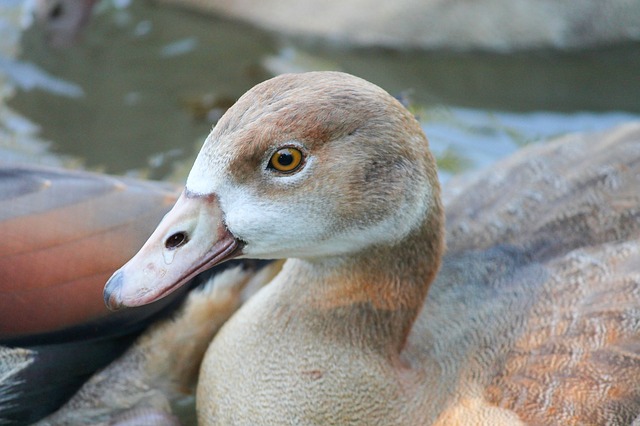
Whether you wish to become a professional photographer or simply improve your skills, you have come to the right place. Now is the perfect time. Listed below you will see some great tips on how you can begin your photography journey.
Your image can be considerably better if you get in close proximity to your subject. Getting in nice and tight allows your subject to fill the frame, which minimizes distractions. If you are taking a portrait, getting closer allows you to notice facial expressions and other details. If your subject is positioned too far away, it becomes more difficult to capture the minor details.
When you feel as though you are ready for a high end camera, look for a good quality digital single lens reflex camera. The relatively new camera utilizes a single lens, yet allows you to preview the images right away. For the most detailed pictures and largest image sensors, you want to invest in a full-frame DSLR.
Avoid taking pictures under an overcast, cloudy sky if possible. When photographing outdoors, remember that overcast skies can make your photos look muted. If you cannot avoid capturing an overcast sky in your shot, opt for black and white rather than color photos. If it is a nice day outside, put as much of the blue sky in your pictures as you would like, but be careful with the lighting.
When you are choosing which photographs you want to display, look at each picture you have taken and only choose your favorites. Don’t show your entire portfolio of photographs or select too many of any particular subject. It can be very boring if people are looking at the same sort of image again and again. Be fresh, and try different kinds of photography.
Shutter Speed
Framing is essential to photography composition. Zoom in on your subject and eliminate any surrounding distractions. This can keep your pictures from feeling cluttered, busy, and distracting to the eye.
Experiment with you camera’s shutter speed settings. Learn as much as you can about the speeds your shutter has. There are S, P, M,and A settings on your camera. “P” means program mode. This automatic setting sets your aperture and shutter speed automatically. If you do not know what you will be taking a picture of, have the “P” setting on.
You should feel further prepared for your photography now. You should be an expert now when it comes to photography! The tips we have provided will help to improve the level of skill that you already have, and teach you a few new tricks to make photography even more fun.